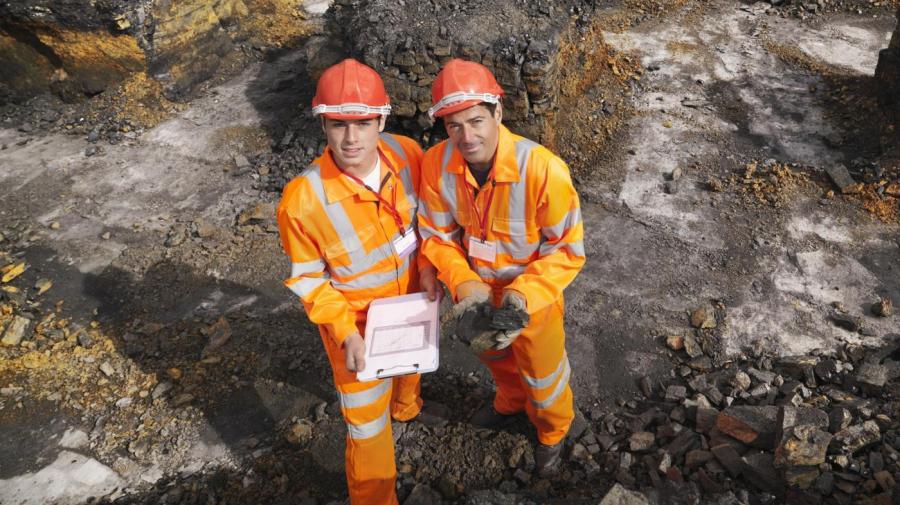Why Does Carbon Form so Many Compounds?

According to the University of Bristol School of Chemistry, carbon atoms form many different types of compounds because each atom can form strong bonds with up to four other atoms. This allows the element to create a diverse array of molecules. This structural feature of carbon imparts several common characteristics on molecules composed of it.
The reason carbon is capable of forming four strong bonds is because it has four free electrons in the outer electron shell, according to Clinton Community College. The fact that carbon atoms bond strongly with other elements prevents most carbon-based molecules from changing form at normal temperatures, as explained by the University of Bristol. However, at incredibly high temperatures, such as those experienced during combustion, carbon-based molecules are highly reactive. In fact, every carbon compound on the planet that forms living tissues can be burned to release the energy stored in its bonds.
According to the University of Bristol, an important feature of carbon-based molecules is that few are soluble in water, because of the arrangement of the atoms. This is important because living organisms, which are largely constructed from carbon-based molecules, experience frequent contact with water. If carbon-based molecules were strongly soluble in water, human skin would dissolve when it touched water.





